Northern Lights Could Be Visible in Some States on Valentine's Day
Grab your cameras! Parts of the northern U.S. could see the northern lights on New Year's Eve.
Updated Feb. 14 2025, 9:47 a.m. ET
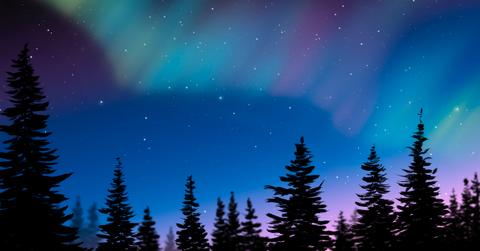
Seeing the aurora borealis — aka the northern lights — is at the top of many people's bucket lists. And even though it's usually required for continental U.S. residents to venture north to Canada or Alaska to see the magical northern lights, sometimes, Americans are lucky enough that the lights are visible from their homes.
So you may be wondering: Will I be able to see the northern lights tonight? Keep reading for all the details, plus, previous events in which people were able to see the northern lights.
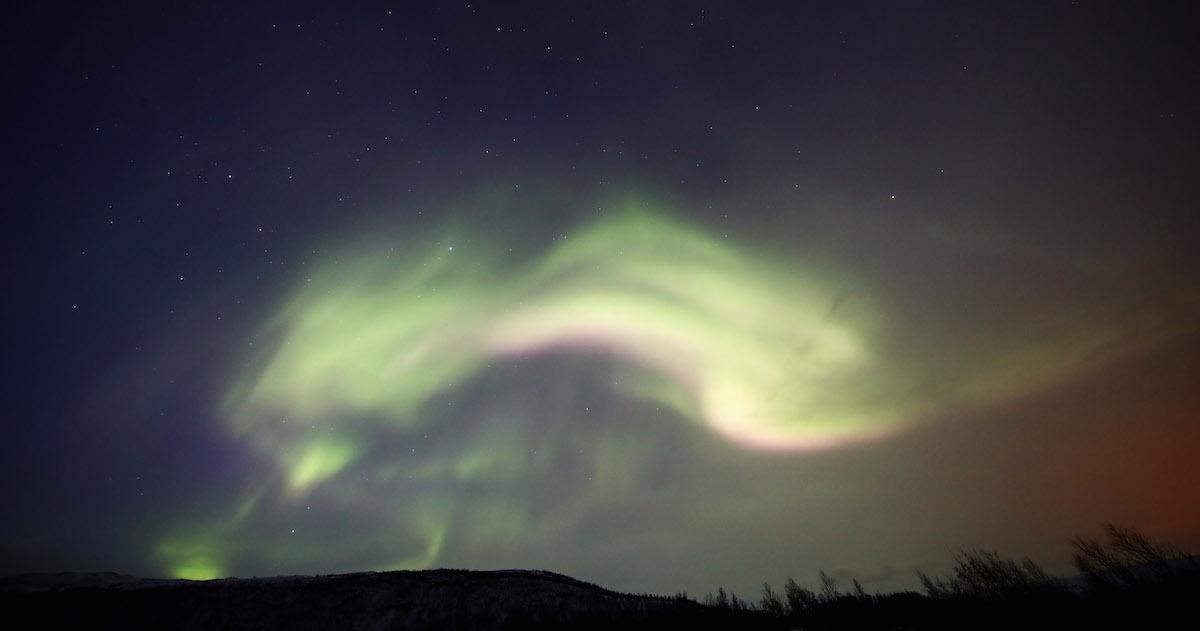
A general view of the Aurora Borealis or Northern Lights between Hammerfest and Alta on March 29, 2017 in Finnmark, Norway.
A geomagnetic storm on Valentine's Day could make the northern lights visible in some states.
The National Oceanic and Atmospheric Administration (NOAA) predicted minor geomagnetic storm conditions during the evening of Feb. 13 and throughout Feb. 14, 2025, per Space.com.
To witness this special event, it's better to live in northern regions of the globe, like Alaska and Canada. However, Space.com reports that if the storm is strong enough, residents of northern Michigan and Maine might be able to spot the aurora borealis on Valentine's Day!
Some lucky citizens were able to see the northern lights thanks to a rare solar storm on Dec. 31, 2024.
According to a statement released by the NOAA Space Weather Prediction Center (SWPC) on X (formerly known as Twitter), a geomagnetic storm watch was in place for the evening of Dec. 31, 2024. The storm lasted through Jan. 1, 2025, meaning that lucky viewers could catch the northern lights on New Year's Eve or New Year's Day.
Per Space.com, the highest levels of activity were between 10 p.m. ET on Dec. 30 and 10 a.m. ET Dec. 31, and again between 4 p.m. ET on Dec. 31 and 10 p.m. the same day.
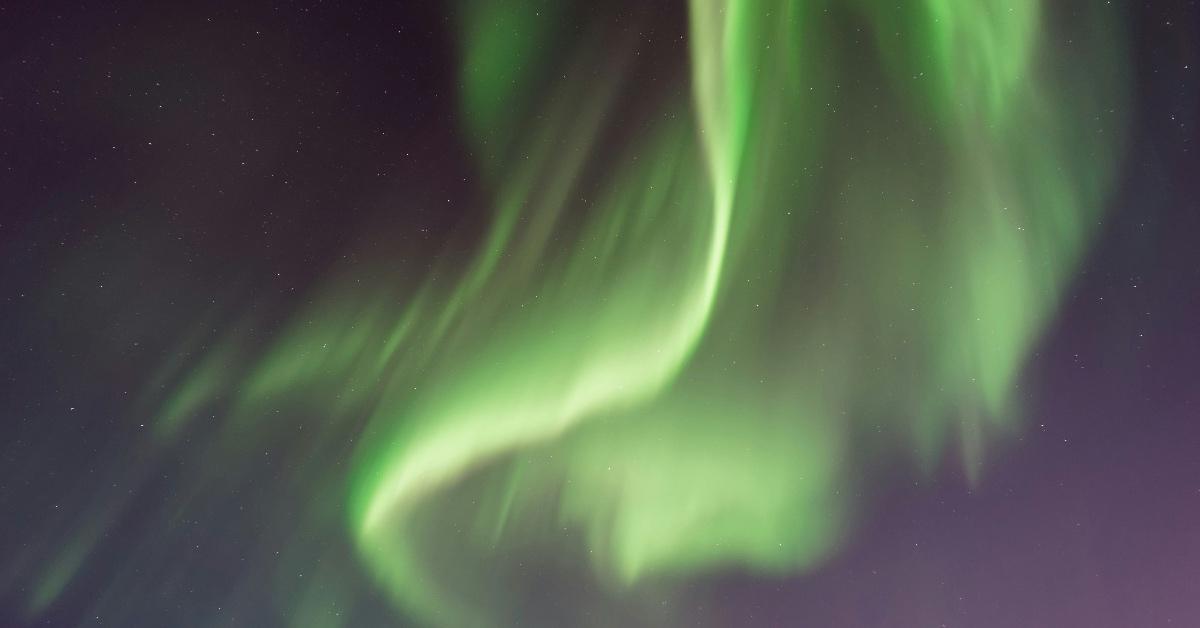
Space weather forecasters predicted that on Nov. 28 and 29, 2024, some U.S. residents would be able to see the northern lights.
According to the SWPC, a "coronal mass ejection" (CME) left the sun on Monday, indicating there could be geomagnetic storm conditions on Thursday and Friday. A G1 (minor) geomagnetic storm watch — better known as the potential to see northern lights — has been issued for Nov. 28, and a G2 (moderate) geomagnetic storm watch has been issued for Nov. 29.
Residents of U.S. states like New York, Maine and northern Michigan should be on the lookout, per Fox Weather, but the northern lights may also be visible in the upper Midwest on Nov. 29.
Beginning early in the morning on July 24, 2024, the northern lights may be visible in some parts of North America.
According to the Hill, geomagnetic storms are also measured on a 5 point scale, with 5 being the most extreme. The stronger the storm, the more likely to see aurora borealis in places further south, like Texas or Alabama.
The SWPC issued a geomagnetic storm watch for July 24, 2024.
The watch was for a GM-2, which means the northern lights will not be as visible across states as the previous May viewing. However, a GM-2 does mean that the lights may be visible as far south as Idaho or New York, per Forbes.
Potential states that could see the northern lights include New Hampshire, North Dakota, Michigan, Maine, Montana, Minnesota, South Dakota and Wisconsin.
You'll have to be an early riser or a late sleeper to catch them — Forbes also relayed that the lights would be visible from New York to Idaho, "between 06:00-09:00 Universal Time on July 24—that's 01:00-04:00 EDT."
According to Space.com, northern lights could be visible for more days than July 24, but unfortunately, there is no exact window for timing. "Likely the storm will be fashionably late, due to slow solar wind "traffic" & an additional glancing storm blow ahead of it," wrote space weather physicist Tamitha Skov in a post on X (formerly known as Twitter).
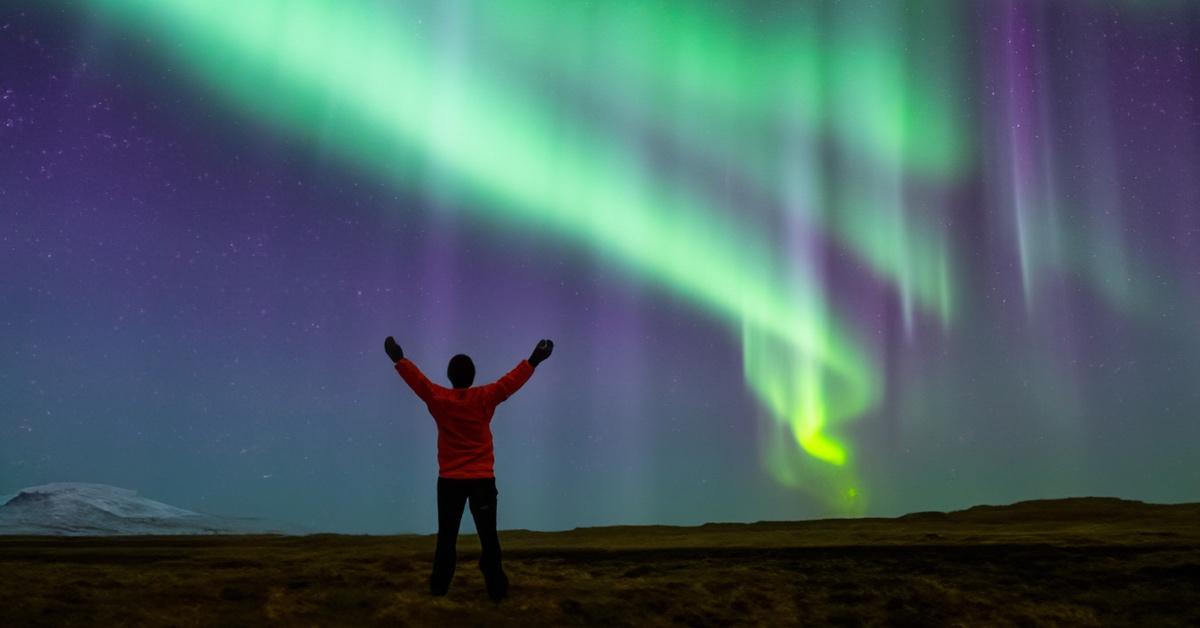
In May 2024, the northern lights were visible in parts of the U.S. thanks to a rare solar storm.
The SWPC issued a "geomagnetic storm watch" for May 11, 2024, the first in 20 years. A press release from the organization said, "A coronal mass ejection (CME) is an eruption of solar material. When they arrive at earth, a geomagnetic storm can result. Watches at this level are very rare."
But what do CMEs have to do with northern lights? Actually, CMEs cause the northern lights! According to Earthsky.org, CMEs make a geomagnetic storm when they reach Earth's magnetic field. The impact creates currents that release particles, which interact with oxygen and nitrogen and create the auroras.
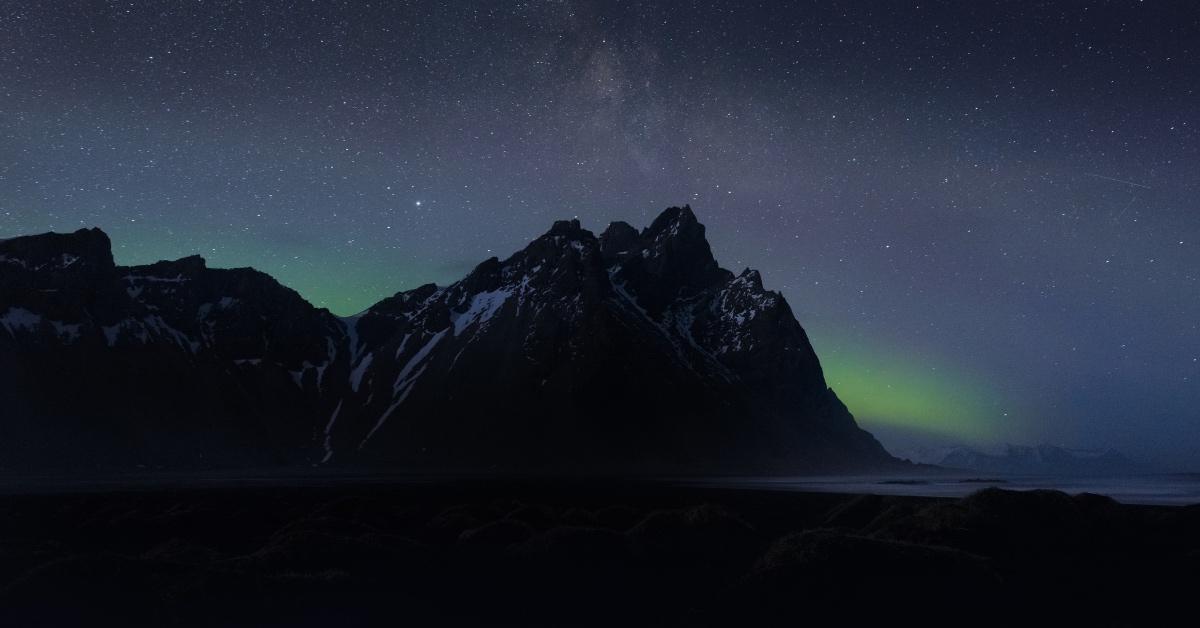
The northern lights were visible in parts of the U.S. and Europe in early November 2023.
On Sunday, Nov. 5, 2023, the NOAA Space Weather Prediction Center announced that areas in several Midwest and Northeast states should have a view of the northern lights that night, as reported by USA Today. States included Nebraska, Iowa, and New York.
This was due to a coronal mass ejection, which sparked a geomagnetic storm, as per The Hill. These storms can then lead to the creation of visible auroras, as explained by the SWPC.
Come the following morning, Monday, Nov. 6, various people had shared images of the stunning display captured overnight. Observers spotted the northern lights in U.S. states including Washington, Maine, Wyoming, and Virginia.
The northern lights made an impressive display in the U.S. July 2023.
The northern lights were visible from the night of Wednesday July 12 into the early hours of Thursday, July 13, 2023, according to Syracuse. They were visible from locations in 17 U.S. states, according to Earth.com: Alaska, Idaho, Indiana, Iowa (according to TIME), Maine, Maryland, Massachusetts, Michigan, Minnesota, Montana, New Hampshire, New Jersey (according to Asbury Park Press), New York, North Dakota, Ohio (according to TIME), South Dakota, Vermont, Washington, Wisconsin, and Wyoming; they were also visible in Vancouver and other areas in Canada, as per TIME.
Even if you don't have binoculars, as long as you're in a region where northern lights visibility is in the forecast, you should be able to see them with the naked eye — as long as it's dark enough, and as long as the skies are clear.
Additional reporting by Sophie Hirsh.
This article, originally published on March 24, 2023, has been updated to reflect the northern lights becoming visible to the U.S. in July 2023, again to reflect their appearance in November 2023, a third time to reflect their appearance in May 2024, a fourth time to reflect their appearance in July 2024, a fifth time to reflect their appearance in November 2024, a sixth time to reflect their appearance in December 2024, and a seventh time to reflect the northern lights in February 2025.
